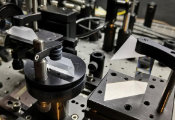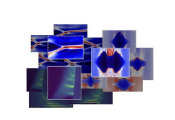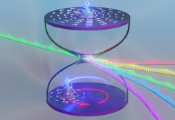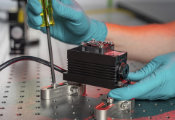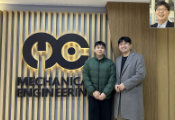USTC Realizes Efficient Quantum Memory for 25-Dimensional Qudit
A research team led by Prof. GUO Guangcan, Prof. SHI Baosen and Prof. DING Dongsheng from the University of Science and Technology of China (USTC) of the Chinese Academy of Sciences (CAS) achieved 25-dimensional quantum memory with high efficiency in cold atomic ensemble. The results were published in Physical Review Letters on December 15th.
Quantum memory is an indispensable unit for constructing quantum networks, and the efficient storage of high-dimensional quantum states is of great significance for increasing the channel capacity of quantum networks. Recent years have seen highly efficient quantum memory being demonstrated in two-dimensional quantum system, but the storage efficiency is still low for high-dimensional systems. It remains a challenge to develop a highly efficient high-dimensional quantum memory.
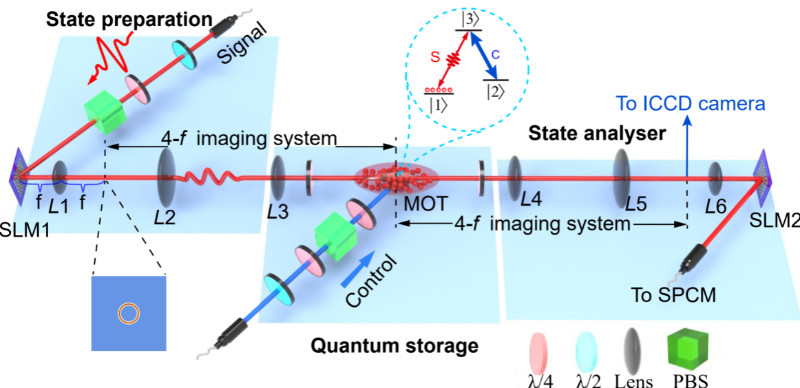
To address this issue, the team have been conducting in-depth researches on high-dimensional quantum memory for years. Based on previous researches, they used a laser-cooled rubidium atomic ensemble with large optical depth as the storage medium. By constituting a highly efficient spatial-mode-independent light-matter interface and encoding the signal photon in a unique perfect optical vortex (POV) mode with invariant transverse size, the team achieved a quantum memory in 25-dimensional Hilbert space with a storage efficiency of 60%.
The qudit (a photon in a high-dimensional Hilbert space) was stored by being mapped onto the 25 balanced spatial modes at the center of the storage medium. Since this quantum memory has the same storage efficiency for the 25 spatial modes, it can efficiently store not only a 25-dimensional qudit, but also a multiple-mode-encoded qudit programmed from 25 eigenvectors.
The team’s highly efficient quantum memory in high-dimensional system demonstrates compatibility with arbitrary programmable quantum states, holding promising application potential for practical quantum information processing.


